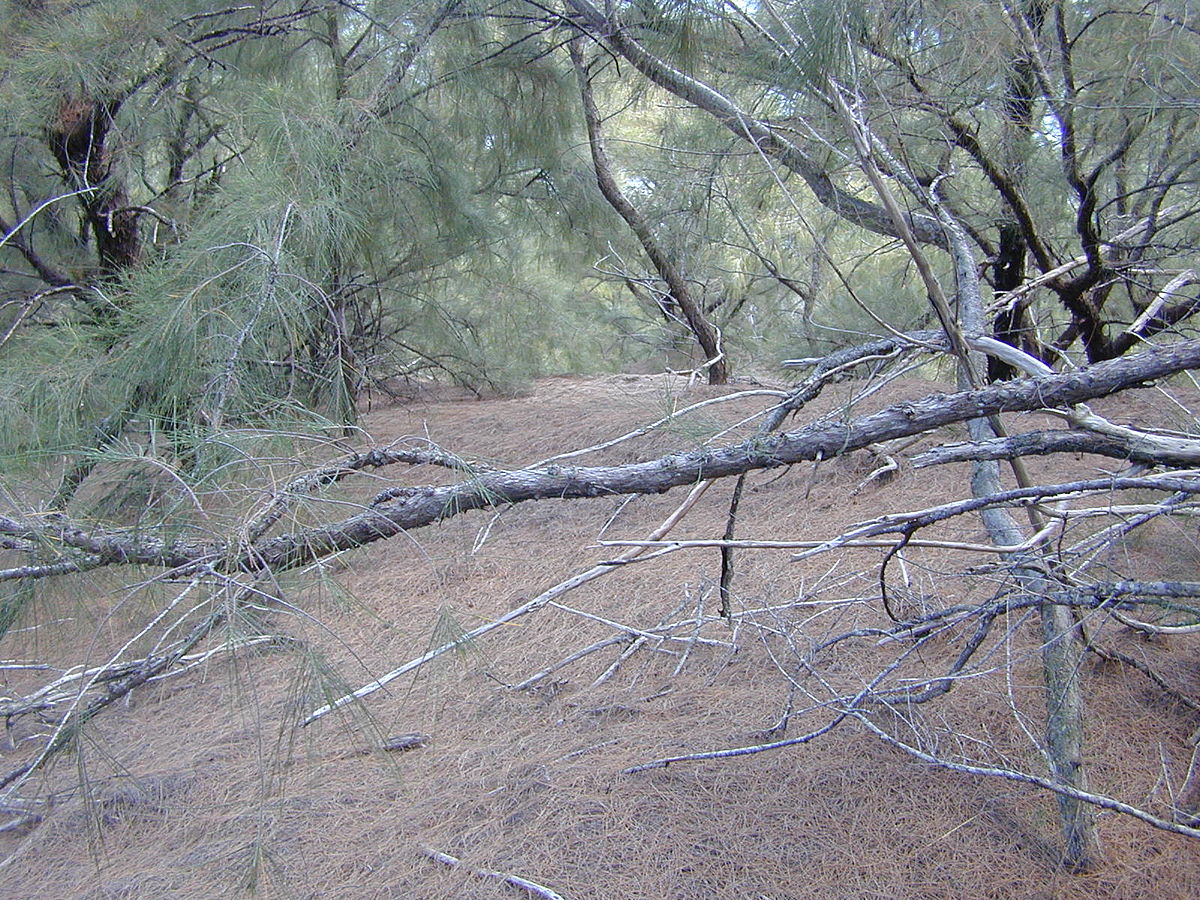will do now, currently, im picking flowering nettles for a flowering plant food, going to try it on my sunflowers this year, there ment to have 1 1/2 foot across heads, loads of bird seed
alo makes a great cutting gel, i believe you add some VIT B1 to it and it works great, never thaught of it as a ingrediant for plant food though.
also got to re establish my comfrey this year, we got rid of loads last year as its invasive, so looking to take some root cuttings. great plant food for potassium in particular








